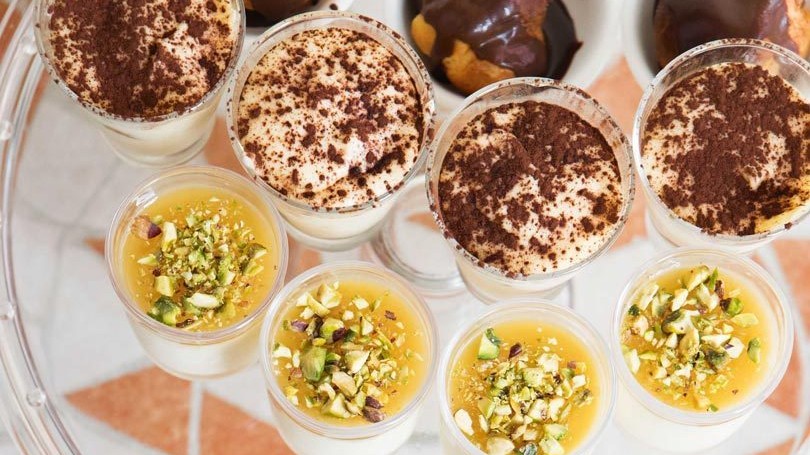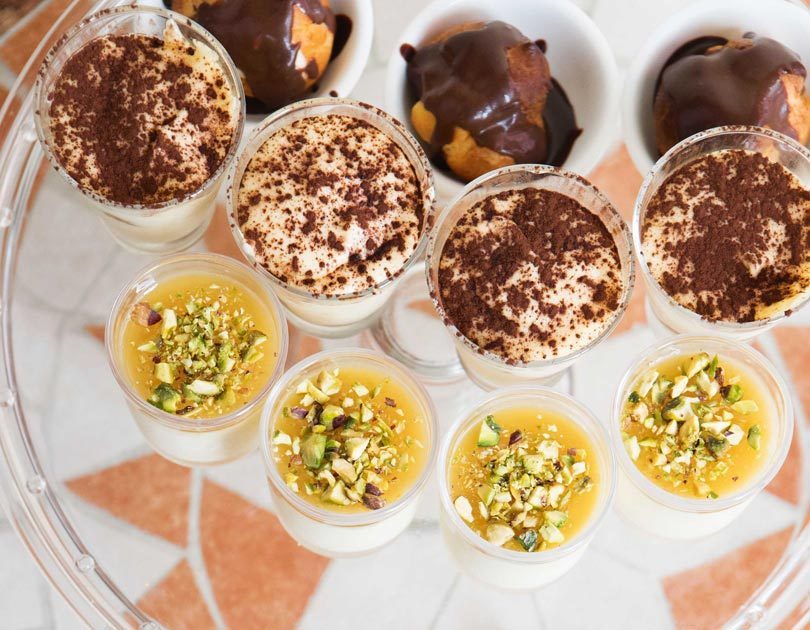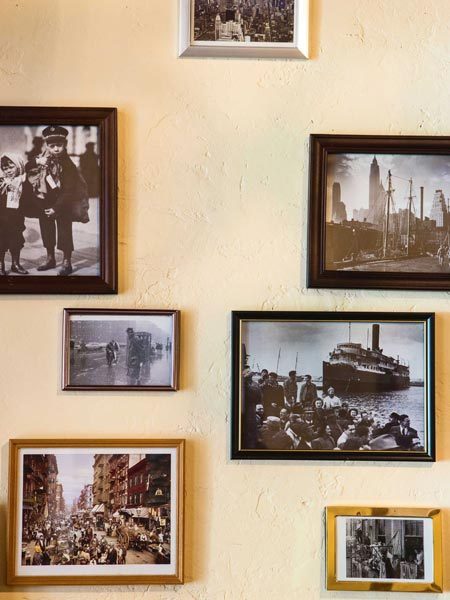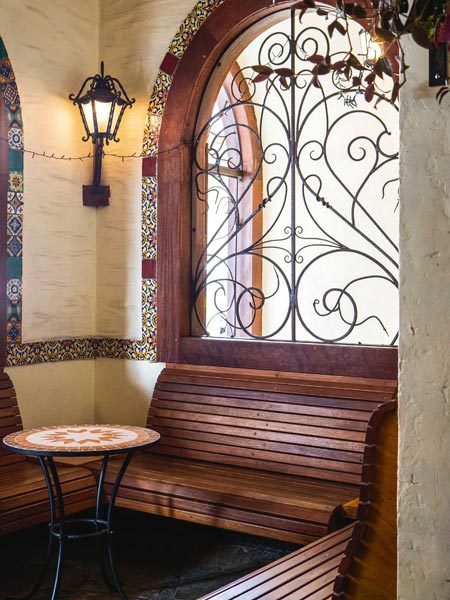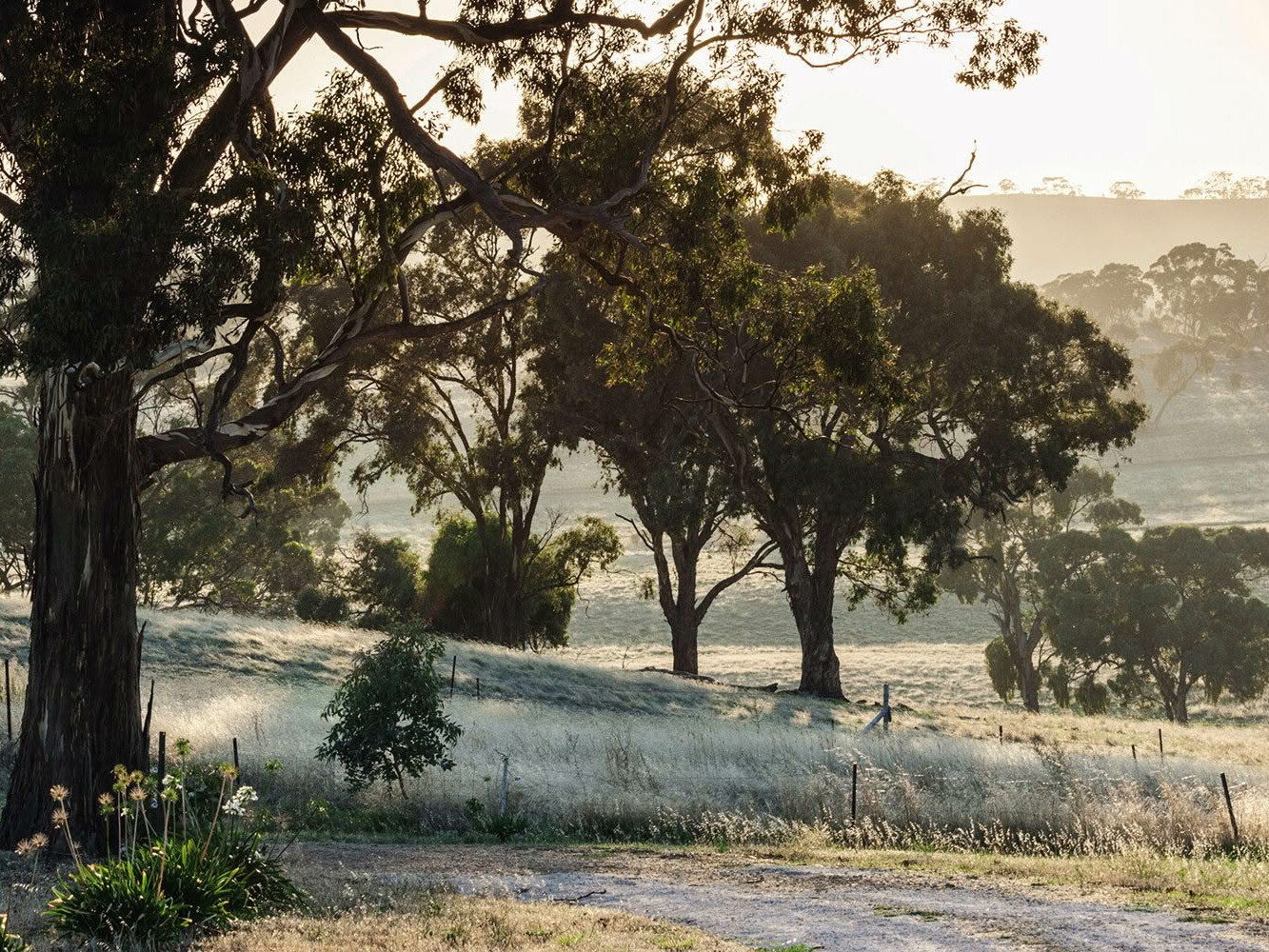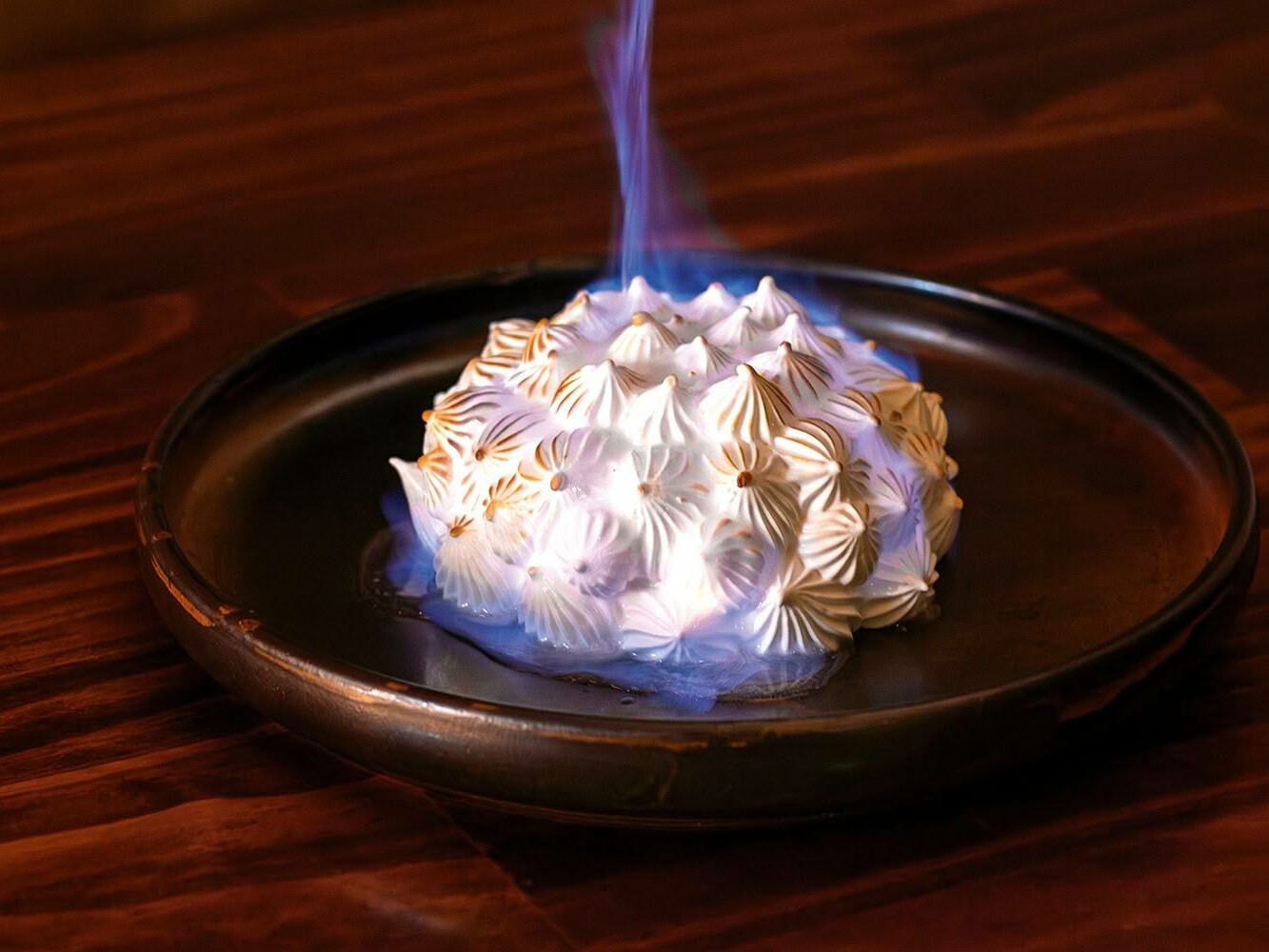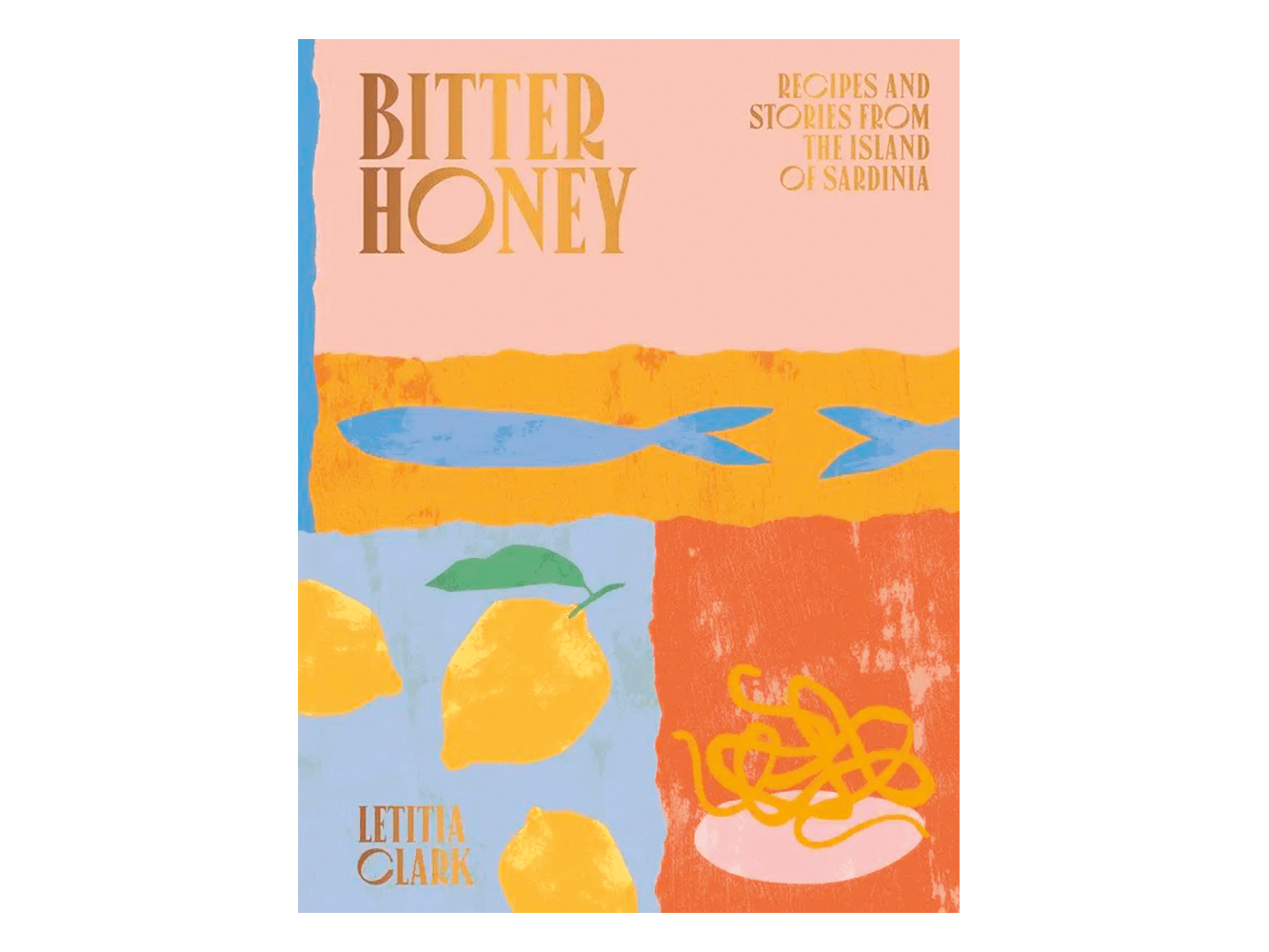ADDRESS: 82 Tory St
DINNER: Mon – Sat
MAINS: all $29
SCORE: 14 / 20
After Bastardo opened in Tory Street in June last year, its first few menus took inspiration from the cooking of Italian migrants struggling to establish a new identity in New York.
By offering old American-italian faves like Rigatoni Vodka, Fettucine Scampi, Octopus Pizziaola and Eggplant Parm, Bastardo was at that time falling in with a New York trend to revive the fast-dying “red sauce” restaurants of an earlier era, as seen in stylish NY newcomers such as Carbone and Parm.
Accordingly, much effort has gone into creating the Bastardo dining room as an idealised vision of upscale Little Italy in 1960s Manhattan: curly wrought iron chandeliers, spanking whitelinen tablecloths, flickering candles and the crooning of the Rat Pack.
From predecessor Pan de Muerto came ready-made fittings – 1960s button-backed booths and banquettes – both happily upcycled and now (as luck would have it) perfectly appropriate to the new look.
Yet despite this great effort in getting the period interior right, in his current menu owner-chef Giulio Ricatti
has taken a surprise turn, dropping the nostalgia and going back to the pure Italian cooking he does best.
If anything the restaurant seems better off for it; in truth, those retro dishes probably only held genuine fascination for anthropologists and bookish food historians! And besides, the early menus exposed Bastardo to flak from the likes of my purist friend, a French chef.
“I went to Bastardo,” he told me soon after it opened.
“So how was it?” I asked. “Weeelll, it was, errr, bastardo.” The new menu reflects the Italian cooking which young Giulio enjoyed from the hands of his Roman mother, when growing up in Sardinia where his father was a judge. Simple and rustic, the style has already served Giulio well in his existing restaurant, Cacio Cicio Osteria in Newtown, and previously as head chef at Cuba Street’s beloved Ombra.
What’s not to like about cold sliced beef tongue, as spongy soft as luncheon sausage? For boomers like me, it’s a taste of our childhood, improved here with salsa verde, sour and sharp, and elegantly reduced to a lime green paste.
Chicken-liver pâté, rich and delicious, was a dense old-school pâté, not a parfait, which actually made for a refreshing change.
Since five of the six types of pasta on offer are made in house, I had to try the ravioli of braised beef, to the point of being forced, against my best Billy Bunter instincts, to forgo a main in order to still leave a bit of room for dessert. Perfectly al dente, the ravioli’s beef filling had been rendered down into a fine paste.
My date meanwhile, was enthusing wildly over her skirt steak; as tasty as you’d expect from a secondary cut and, being served the rare side of medium rare, surprisingly tender. Garnishes were dead simple – roasted capsicums, chillispiked spinach and an egg, fried sunnyside up. That’s your ration, big boy.
Asking our warm and obliging Italian waitress for a wine match by the glass, I’m so glad we both took her advice on a gorgeous Italian red from Apulia, Salice Salentino “De Castro”, of which I could easily have drunk a full bottle.
The puddings at Bastardo belong to the old school, insofar as custard fruit tarts, chocolate cake and the like are rolled out ready-made on a retro dessert trolley, together with a rattling row of bottles of Italian liqueurs and digestifs, so tempting we had to indulge in a wee glass of Frangelico, reminding ourselves of how hazelnuts must smell in heaven.
Both prices and portion sizes of these desserts are modest, perhaps recognising the challenge of following the classic Italian dining sequence of antipasto, pasta, main course and pudding.
The standout was a blue-cheese pannacotta, which sounds unlikely until you taste it and realise you’d probably have to be told its terrific yet indefinable flavouring was a small amount of creamy gorgonzola dolce.
From time to time they also offer New York-style cheesecake, which being American, is indisputably bastardo.

